SEO Strategy: How to Create an Effective Plan

14 May 2025
SEO Strategy: How to Build an
Effective Plan that actually ranks and drives real traffic
Why SEO Still Matters in 2025
SEO isn't dead—it's evolving. In
an era where digital noise is louder than ever, visibility is currency. Search
Engine Optimization remains a foundational pillar for driving organic
traffic, building trust, and sustaining long-term growth. With algorithm
updates becoming more intuitive and user-centric, strategic SEO is the
differentiator between brands that flourish and those that fade.
Understanding SEO as More Than
Just Keywords
Keyword stuffing is no longer an
effective way to fool the system. Modern SEO emphasizes relevance, context, and
value. It involves a sophisticated blend of content quality, user experience,
technical excellence, and alignment with user intent.
Define Clear SEO Goals That
Align with Your Business
Without direction, strategy is
just noise. Your SEO Plan
must mirror your broader business objectives—whether that's increased sales,
higher visibility, or building a loyal community.
What Do You Really Want to
Achieve With SEO?
Clarify the outcomes. Are you
looking to rank for competitive keywords? Boost traffic to a new product?
Improve local search visibility? Specificity sharpens focus.
Setting SMART Goals for Real
Results
SMART (Specific, Measurable,
Achievable, Relevant, Time-bound) goals bring structure to your SEO efforts.
For instance: Increase organic traffic by 25% in six months.
Know Your Audience Better Than
Your Competitors
Understanding your audience is
non-negotiable. It's not just about demographics—you need to grasp their pain
points, preferences, and behavior patterns.
Creating Detailed Audience
Personas
Build comprehensive personas that
include age, job role, goals, challenges, and where they hang out online. This
helps you customize your content and keyword method.
Understanding User Intent to
Shape Strategy
Are users looking to buy, learn,
or compare? Map your content to informational, navigational, and transactional
intent to meet them at every stage of their journey.
Perform a Deep SEO Audit of
Your Website
A thorough audit is the
groundwork of any effective plan. It identifies quick wins, glaring errors, and
long-term opportunities.
Identifying What’s Working and
What’s Not
Review your top-performing pages
and underperformers. Analyze bounce rates, traffic sources, and conversion
rates to see what resonates.
Technical Issues That Could Be
Holding You Back
Slow load times, broken links,
and poor mobile usability are silent killers of SEO performance. Use tools like
Screaming Frog or Sitebulb to surface issues.
Master Keyword Research the
Right Way
Keyword research is evolving into
keyword intelligence. It's not just about volume anymore—it's about intent,
competition, and context.
Targeting Keywords with Real
Search Intent
Prioritize keywords that solve
problems and match user needs. Tools like Ahrefs, SEMrush, and AnswerThePublic
can uncover hidden gems.
Finding Low-Competition,
High-Opportunity Keywords
Don’t chase the giants. Concentrate
on long-tail keywords and specialist phrases that drive qualified traffic and
are simpler to rank for.
Using Keyword Clustering to
Build Content Silos
Group related keywords to create
content clusters. This boosts topical authority and makes your site more
navigable for both users and search engines.
Create Contents That Search
Engines (and Users) Love
Content is still king—but now it
wears many crowns. The most effective type of content is one that answers
inquiries, entertains, and converts.
Writing for People First, Then
Optimizing for Google
Value-driven content should
always lead. Keywords should be integrated naturally, not force-fed into every
sentence.
Incorporating Semantic SEO and
Topical Authority
Use related terms and in-depth
coverage to show expertise. Google promotes content that thoroughly covers a
topic.
Content Types That Drive
Organic Traffic in 2025
Think beyond blogs: guides,
videos, podcasts, and interactive tools are pulling in serious traffic.
Diversify your formats.
On-Page Optimization That
Doesn’t Feel Robotic
SEO-friendly doesn’t mean
unreadable. Optimization should appear unnoticeable to the reader while having
a significant impact on the algorithm.
Optimizing Titles, Meta
Descriptions, and Headers
Craft compelling titles and
descriptions that encourage clicks. Use headers (H1-H3) strategically to guide
readers and boost readability.
Internal Linking: The Secret
SEO Weapon
Link relevant pages together to
pass link equity, guide users, and help search engines understand your content
structure.
Image Optimization and Schema
Markup Tips
Compress images, add descriptive
alt text, and use schema to enhance search visibility with rich snippets.
Mobile-First and
Speed-Obsessed SEO Practices
Google indexes mobile versions
first. A mobile experience is essential—fast, responsive, and intuitive.
Why Page Speed and Mobile UX
Are Non-Negotiable
Every second of delay means lost
users. To benchmark achievement, use tools such as PageSpeed Insights and Core
Web Vitals Reports.
Tools to Test and Improve Site
Performance
Leverage GTmetrix, Lighthouse,
and WebPageTest to identify bottlenecks. Optimize images, minimize scripts, and
allow caching.
Build Authority With a Smart
Backlink Strategy
Links still matter. But quality
beats quantity every time. Focus on earning links that validate your authority.
Earning Quality Links Through
Valuable Content
Create assets worth linking
to—data studies, original research, or visually rich content. Outreach should
feel personal and relevant.
Avoiding Spammy Tactics That
Hurt Rankings
Steer clear of link farms, paid
links, and irrelevant directories. These might work short-term but tank your
site in the long run.
Leveraging Digital PR and
Thought Leadership
Position your brand as an
authority through guest posts, interviews, and media mentions. It's SEO and
branding rolled into one.
Create a Content Calendar That
Keeps You Consistent
Consistency beats occasional
brilliance. A calendar helps maintain momentum and ensures you're covering
strategic topics.
Balancing Evergreen and
Trending Content
While current content creates
spikes, evergreen content creates long-term value. A mix ensures both
consistency and relevance.
Publishing Frequency That
Works for SEO
Find a rhythm that works—quality
should never be sacrificed for quantity. Even once a week can be powerful with
the right strategy.
Track, Measure, and Tweak Your
SEO Strategy
SEO isn't set-and-forget. Regular
monitoring helps refine and optimize for better results.
Key Metrics That Actually
Matter
Focus on organic traffic, CTR,
rankings, bounce rate, and conversions. Vanity metrics won’t grow your
business.
Use Google Analytics and
Search Console Expertly
These tools are goldmines. Set up
custom dashboards, monitor performance, and diagnose issues in real-time.
Harness the Power of Local SEO
If you're serving specific areas,
local SEO can be your secret weapon.
Optimizing for ‘Near Me’ and
Local Searches
Use location-specific keywords,
build local citations, and get reviews. Make sure NAP details are consistent
everywhere.
Managing Your Google Business
Profile Correctly
Fully fill out your profile, post
updates regularly, and respond to reviews.
Optimize for Voice Search and
Conversational Queries
Voice search is no longer
futuristic—it's now. Conversational content is essential.
How Voice Search is Changing
SEO
Focus on long-tail, natural
phrases and FAQs. Voice queries are more like how people talk than how they
type.
Natural Language and Featured
Snippets
Write content that answers
questions directly. This boosts your chances of appearing in snippets and voice
results.
Consider User Experience (UX)
First to Lower Bounce Rates
Even the best content fails if
the experience is poor. UX is your silent salesperson.
Why Dwell Time Matters More
Than You Think
The longer someone stays, the
more engaged they are. High dwell time signals quality to search engines.
Designing Pages That Engage
and Convert
Use clear CTAs, intuitive
layouts, and rich media to keep users interested and lead them toward action.
Leverage Social Signals to
Amplify Reach
Social media increases visibility
and interaction but may not have a direct effect on rankings.
How Social Shares Indirectly
Impact SEO
The more your content is shared,
the more chances it has to earn links and traffic—which does help rankings.
Building a Social Strategy
That Supports SEO
Promote new content, collaborate
with influencers, and repurpose blog posts into social-ready formats.
Update and Repurpose Old
Content for Fresh Results
Your archive is a goldmine. Don’t
let good content go stale.
Breathing New Life Into
Existing Content
Refresh stats, improve clarity,
and add visuals. A revived post can rank like new.
Using Data to Decide What to
Refresh
Analyze time on page, bounce
rates, and traffic patterns. Focus on posts that show signs of decline or
unrealized potential.
Integrate SEO With Your
Overall Marketing Strategy
SEO should support and be
supported by your broader marketing ecosystem.
How SEO Supports Paid Ads,
Email, and Social
Use SEO insights to fuel ad copy,
email topics, and social messaging. Cross-channel synergy multiplies impact.
Aligning SEO With Brand
Storytelling and Messaging
Ensure your SEO content reflects
your brand voice and core values. Consistency breeds recognition and trust.
Avoid Common SEO Mistakes That
Kill Rankings
Even pros slip up. Awareness is
key to prevention.
Outdated Practices That Still
Haunt Websites
Keyword stuffing, exact match
anchors, thin content—leave them behind. SEO in 2025 demands finesse.
Staying Ahead of Google’s
Algorithm Updates
Follow credible sources, monitor
fluctuations, and stay agile. Google evolves constantly—so should you.
Conclusion
The Future of SEO is Smarter,
Faster, and More Human
AI, UX, and content relevance are
shaping the next frontier. The brands that succeed will blend technical mastery
with genuine connection.
Final Thoughts on Building a
Sustainable SEO Strategy
Stay curious, stay strategic, and above all—stay valuable. SEO isn't just a method; it's a mindset for digital growth.
Recent Articles
-
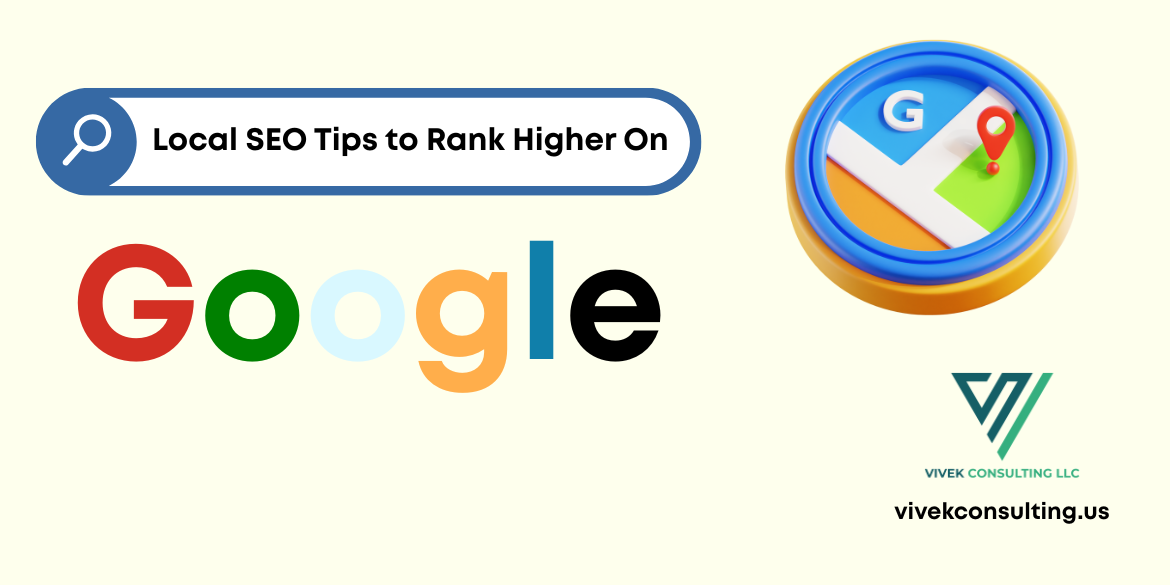 Want more local traffic? These Local SEO Tips to Rank Higher on Google will get you noticed
Want more local traffic? These Local SEO Tips to Rank Higher on Google will get you noticed
-
 What's the Difference Between on-page and off-page SEO?
What's the Difference Between on-page and off-page SEO?
-
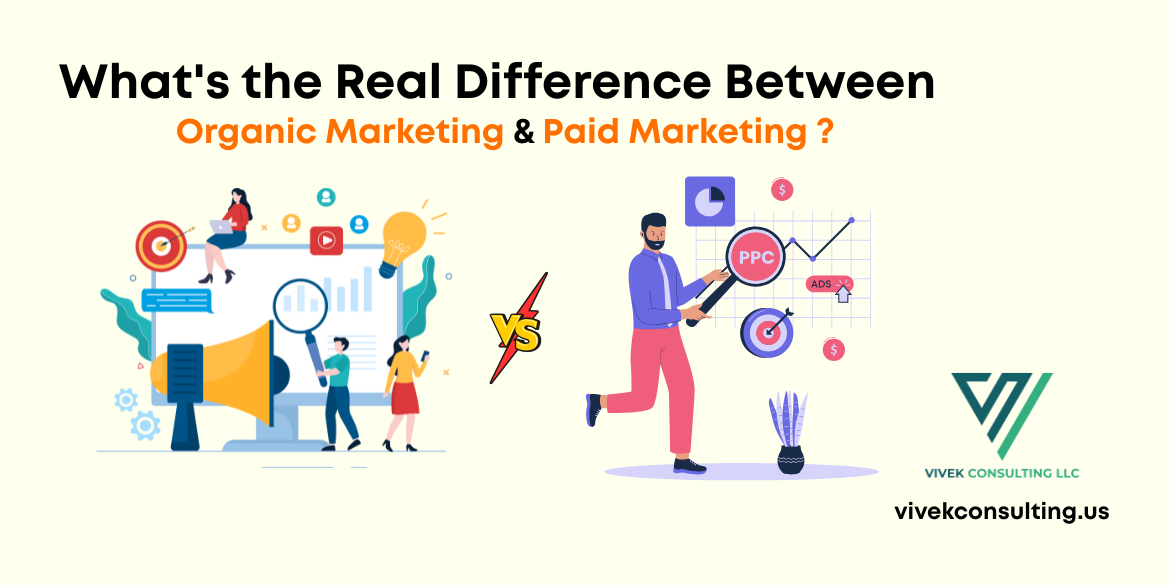 What's the Real Difference Between Organic and Paid Digital Marketing?
What's the Real Difference Between Organic and Paid Digital Marketing?
-
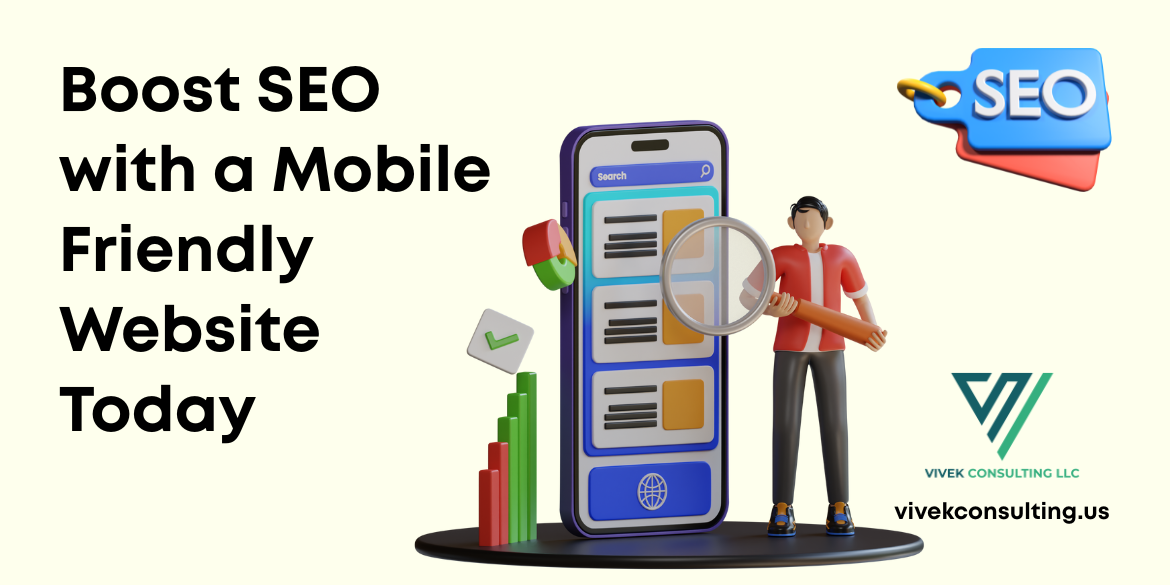 Boost SEO with a Mobile Friendly Website Today
Boost SEO with a Mobile Friendly Website Today
-
 How to Change the Theme on Shopify Without Using Any Code
How to Change the Theme on Shopify Without Using Any Code
-
 Why Businesses Need Blockchain Development
Why Businesses Need Blockchain Development
-
 SEO Strategy: How to Create an Effective Plan
SEO Strategy: How to Create an Effective Plan
-
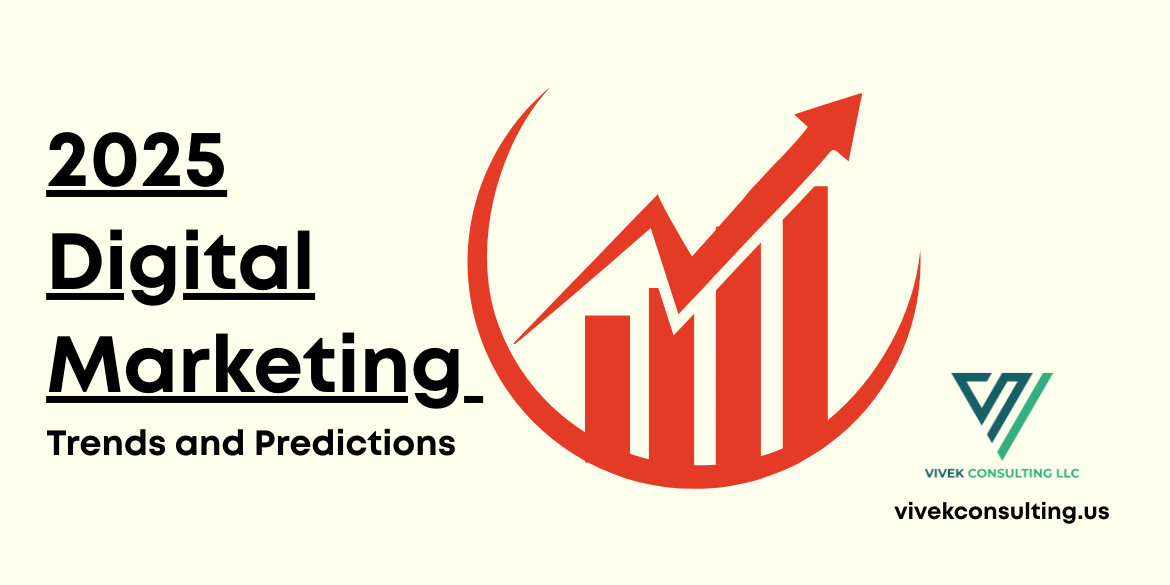 2025 Digital Marketing Trends and Predictions
2025 Digital Marketing Trends and Predictions
-
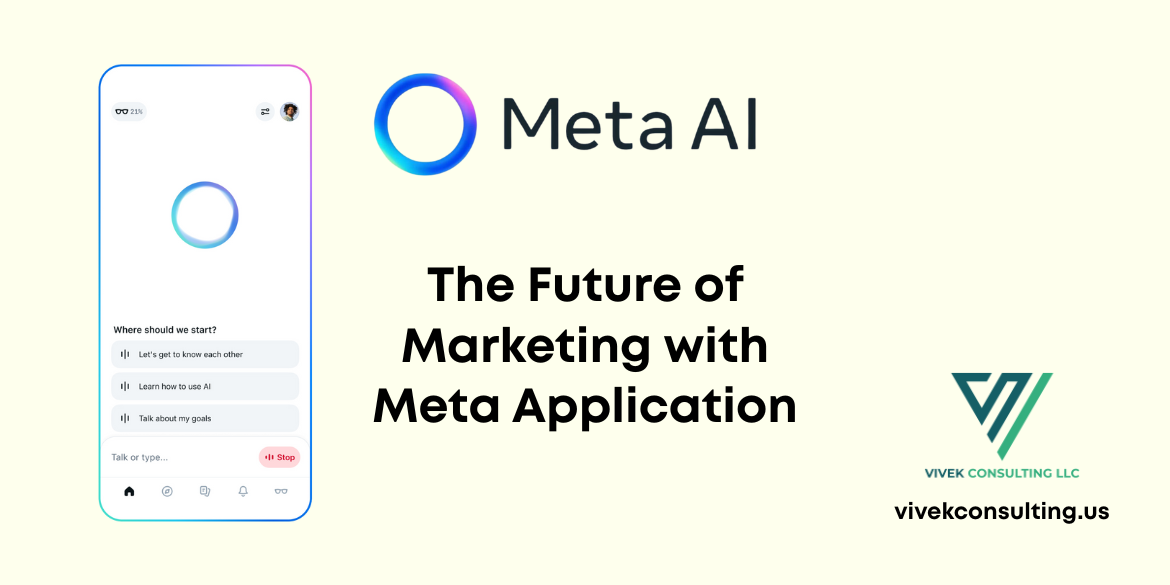 The Future of Marketing with Meta Application
The Future of Marketing with Meta Application
-
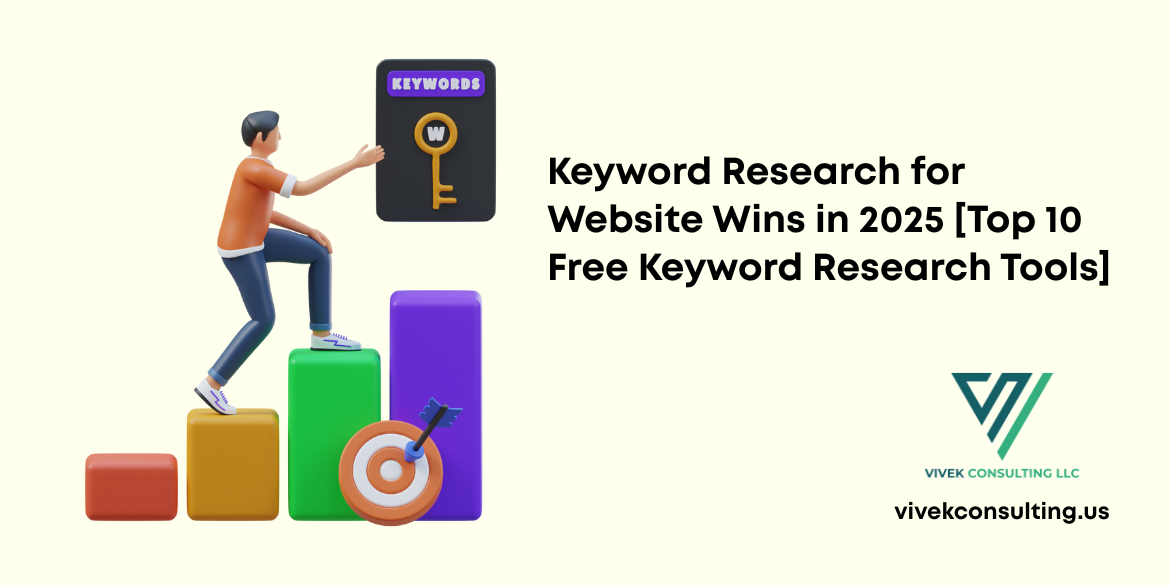 Keyword Research for Website Wins in 2025 [Top 10 Free Keyword Research Tools]
Keyword Research for Website Wins in 2025 [Top 10 Free Keyword Research Tools]
-
.png) Learning the SEO Audit Checklist. Every website should rank higher, load faster, and convert better without wasting time.
Learning the SEO Audit Checklist. Every website should rank higher, load faster, and convert better without wasting time.
-
 Ready for serious growth? Outsource services to scale your business fast and save time and money.
Ready for serious growth? Outsource services to scale your business fast and save time and money.
-
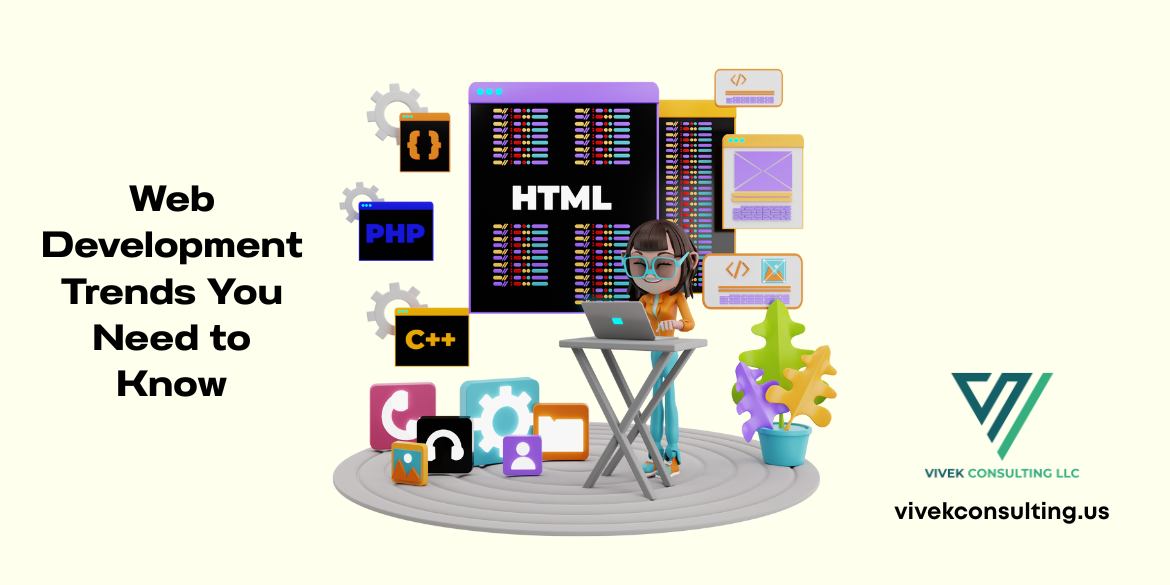 From AI to no-code, explore the Web Development Trends You Need to Know right now.
From AI to no-code, explore the Web Development Trends You Need to Know right now.
-
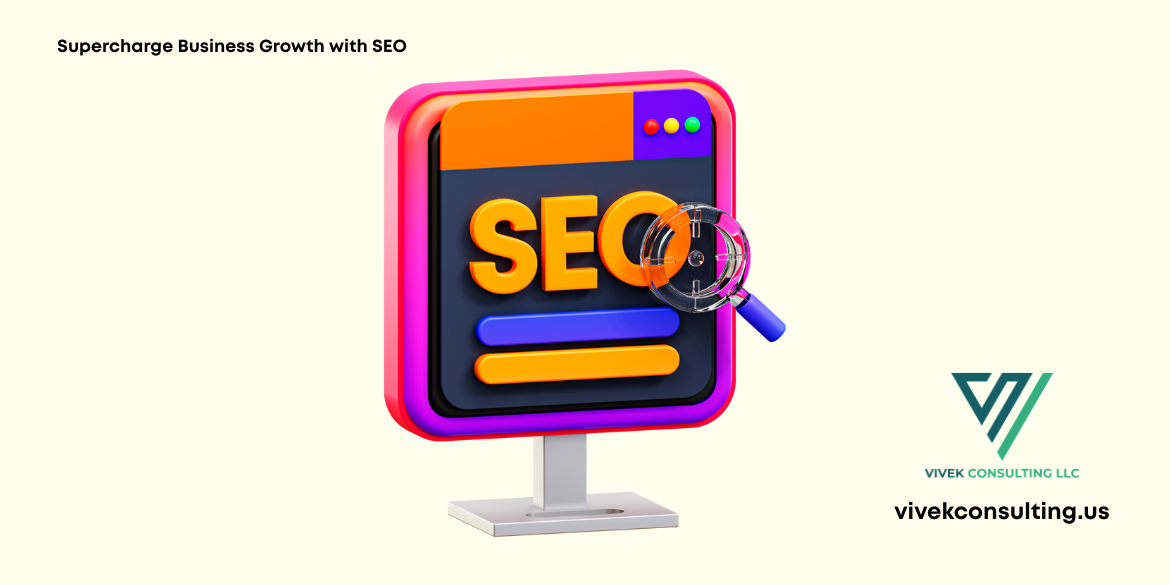 Supercharge Business Growth with SEO
Supercharge Business Growth with SEO
-
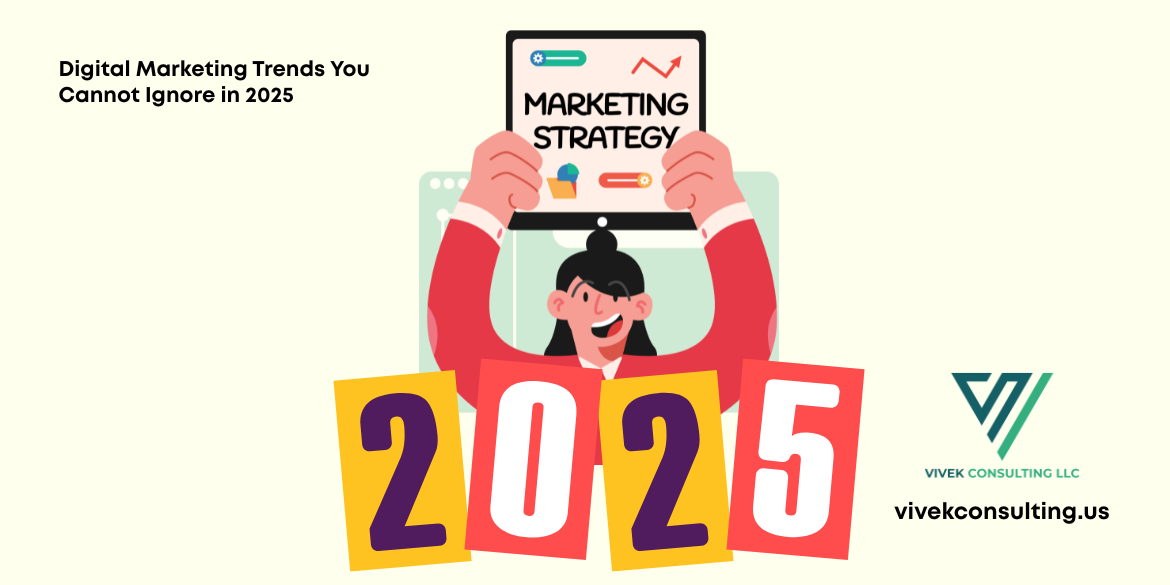 Digital Marketing Trends You Cannot Ignore in 2025
Digital Marketing Trends You Cannot Ignore in 2025
-
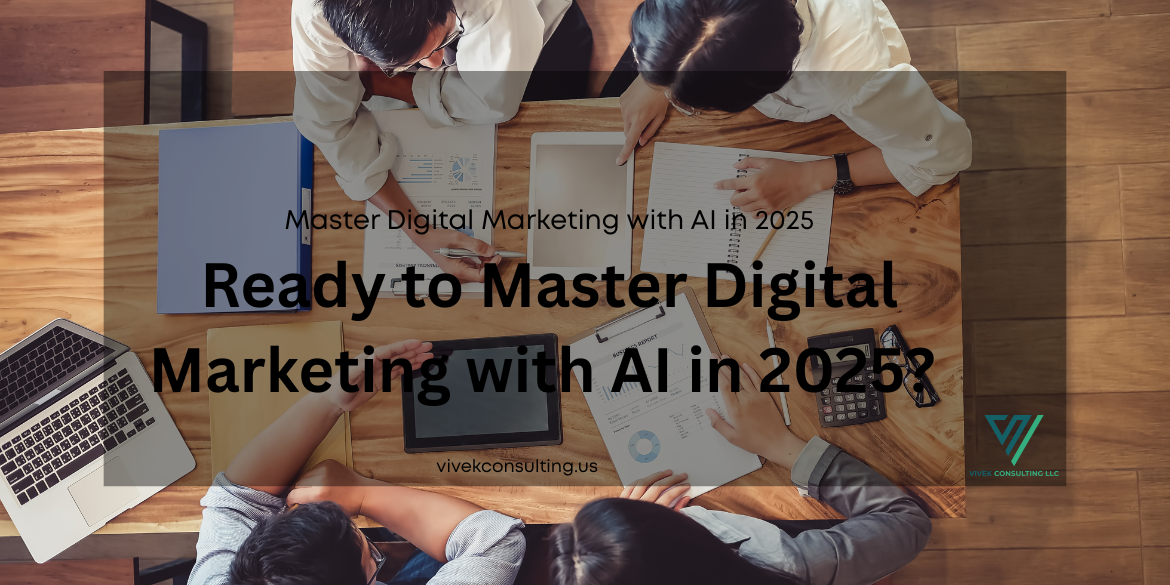 Master Digital Marketing with AI in 2025
Master Digital Marketing with AI in 2025
-
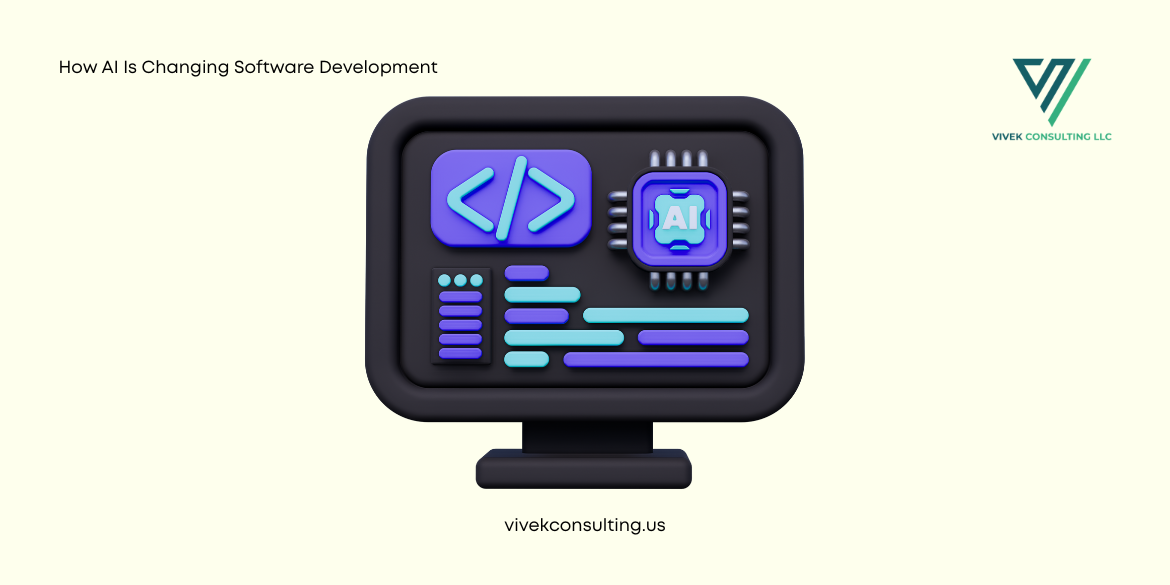 How AI Is Changing Software Development
How AI Is Changing Software Development
-
 Mobile Application Development in 10 Easy Steps
Mobile Application Development in 10 Easy Steps
-
 Outsource Services to Boost Efficiency
Outsource Services to Boost Efficiency
-
 Ready to scale smart? Boost efficiency fast with managed services that work.
Ready to scale smart? Boost efficiency fast with managed services that work.
-
 Outsource Services: The Smart Move for Your Business
Outsource Services: The Smart Move for Your Business
-
 Technical SEO Tactics to Skyrocket Your Rankings
Technical SEO Tactics to Skyrocket Your Rankings
-
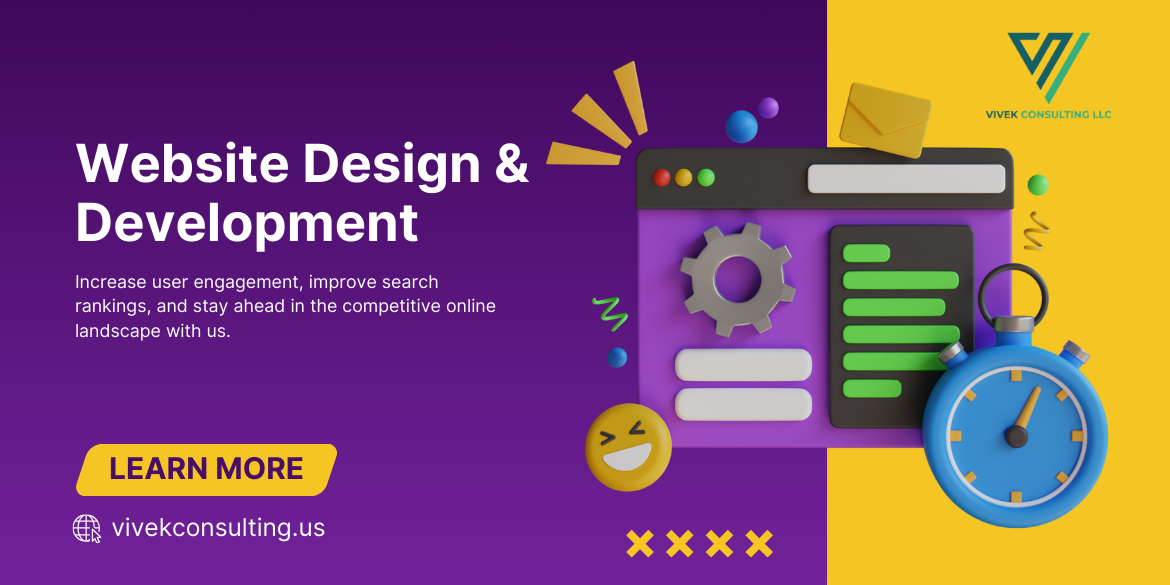 The digital world is evolving fast. Here is the web development trends you can’t ignore if you want to stay competitive.
The digital world is evolving fast. Here is the web development trends you can’t ignore if you want to stay competitive.
-
 Want more traffic? These off-page SEO tips will help you rank higher and grow like a pro! ????
Want more traffic? These off-page SEO tips will help you rank higher and grow like a pro! ????
-
 The Role of AI in Modern Software Development
The Role of AI in Modern Software Development
-
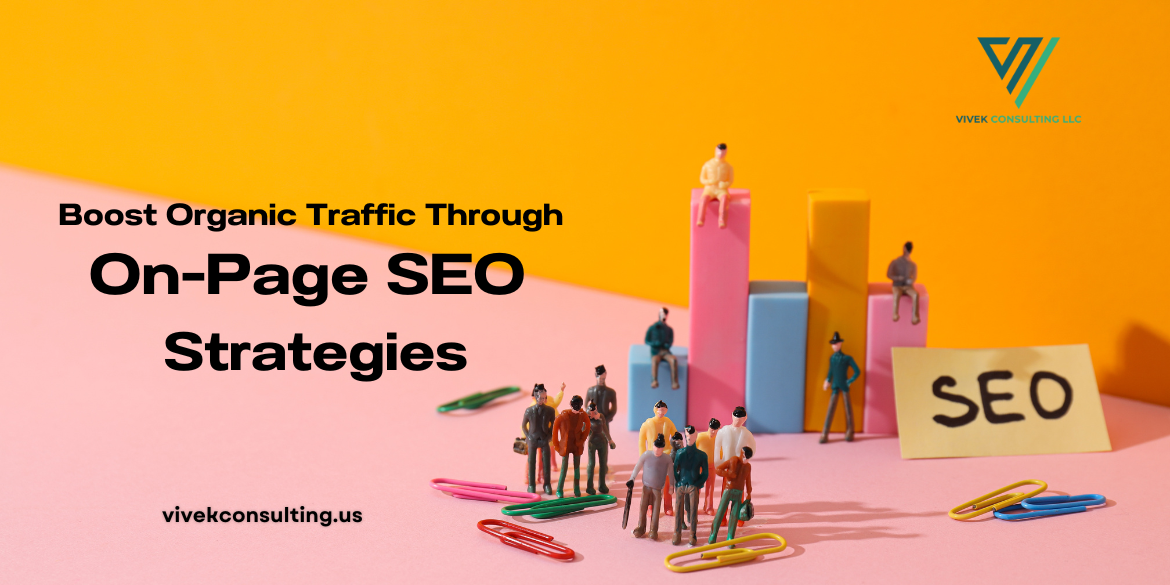 Boost Organic Traffic Through On-Page SEO Strategies
Boost Organic Traffic Through On-Page SEO Strategies
-
 How SEO Can Skyrocket Your Business Growth
How SEO Can Skyrocket Your Business Growth
-
.png) Why Digital Marketing Benefits Business Success in Charlotte NC
Why Digital Marketing Benefits Business Success in Charlotte NC
-
 Explore the future of smartphone application development with Vivek Consulting and stay ahead of the game.
Explore the future of smartphone application development with Vivek Consulting and stay ahead of the game.
-
 Crush Your Competition with Digital Marketing Charlotte NC - Vivek consulting
Crush Your Competition with Digital Marketing Charlotte NC - Vivek consulting
-
 Why Vivek Consulting Tops Charlotte’s Software Developers
Why Vivek Consulting Tops Charlotte’s Software Developers
-
 The Innovation of Smart and Inclusive UX: How AI and 5G Are Transforming Mobile Application Development
The Innovation of Smart and Inclusive UX: How AI and 5G Are Transforming Mobile Application Development
-
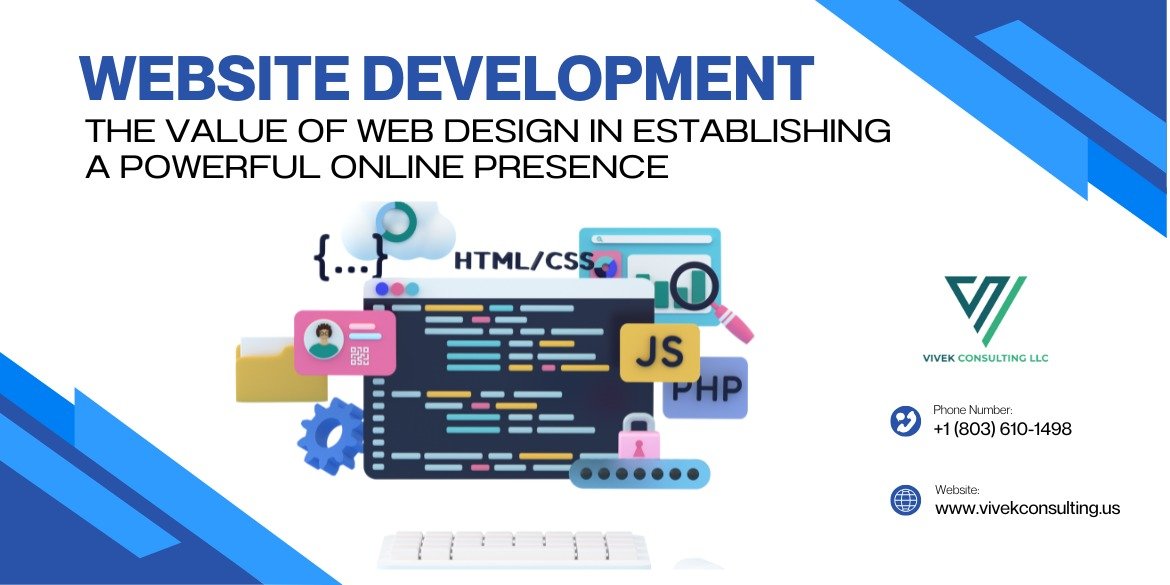 Website Development: The Value of Web Design in Establishing a Powerful Online Presence
Website Development: The Value of Web Design in Establishing a Powerful Online Presence
-
 Elevate Your Brand: Discover the Top Marketing Agency in Charlotte for 2025 - Vivek consulting
Elevate Your Brand: Discover the Top Marketing Agency in Charlotte for 2025 - Vivek consulting
